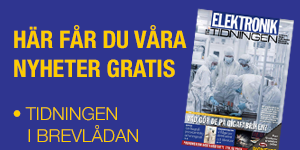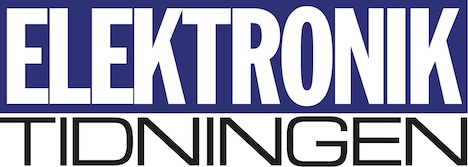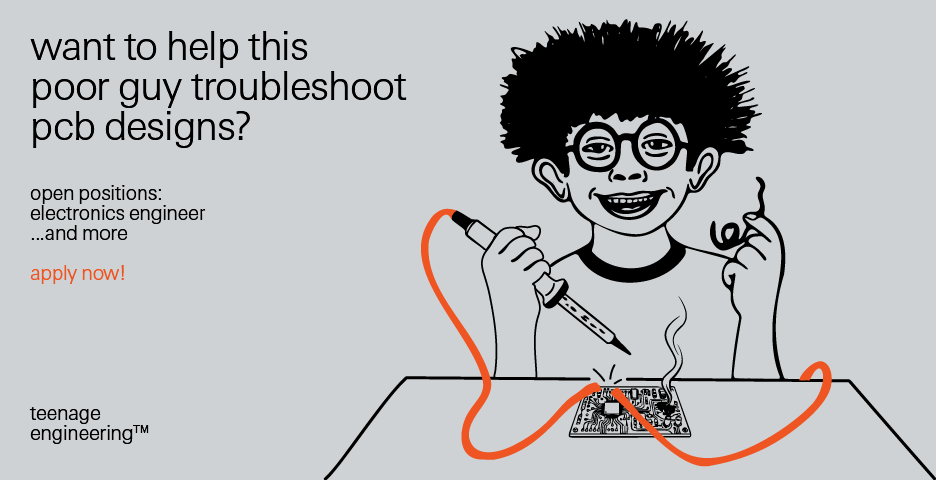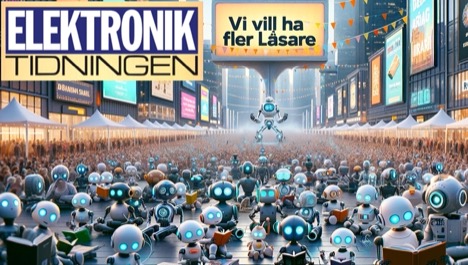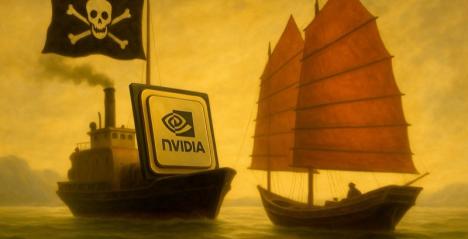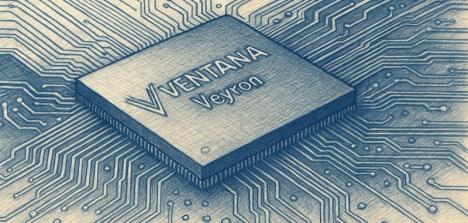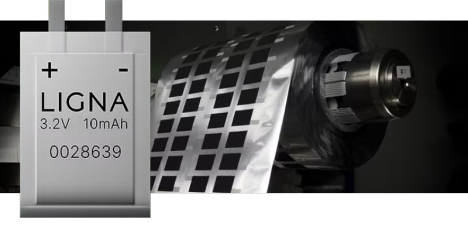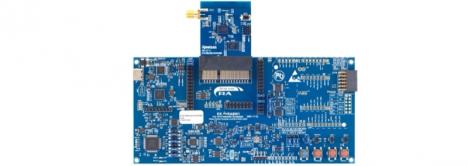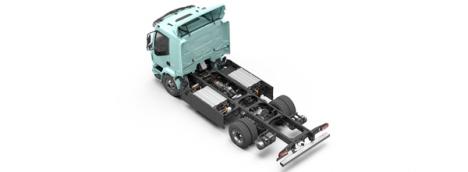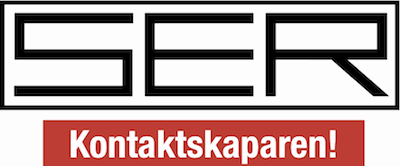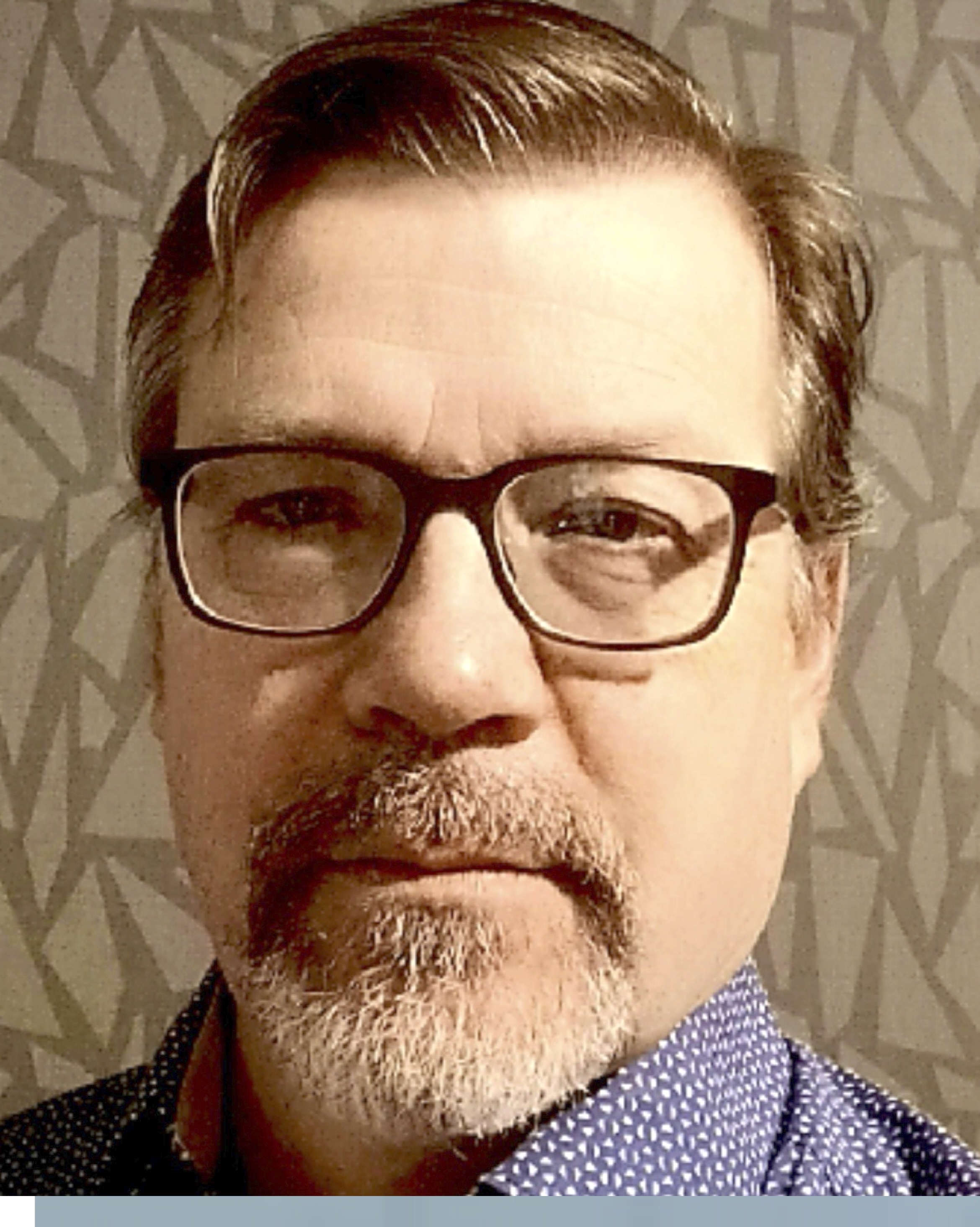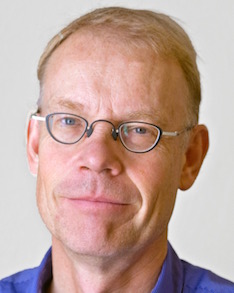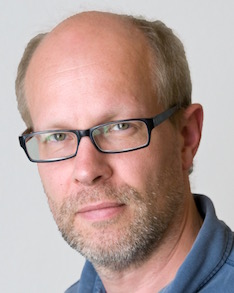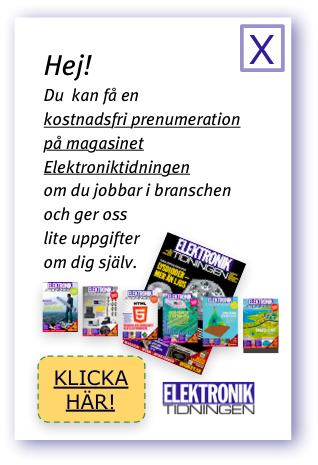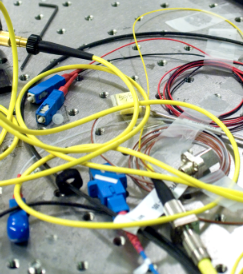 How much power is needed to send 10 Gbit/s over 10,000 km? No one knows for sure. A research team at Chalmers is working to understand what draws energy in optical short-range and long-range links. The vision is to be able to reduce power consumption to one-tenth of that consumed by current optical links, all while maintaining the data rate.
How much power is needed to send 10 Gbit/s over 10,000 km? No one knows for sure. A research team at Chalmers is working to understand what draws energy in optical short-range and long-range links. The vision is to be able to reduce power consumption to one-tenth of that consumed by current optical links, all while maintaining the data rate.
The information theory by Claude Shannon of Bell Labs was born almost 70 years ago. Since then, the theory has been used within communications to calculate a channel's capacity to transfer information. It takes into account bandwidth and the signal-to-noise ratio to transfer a certain amount of data.
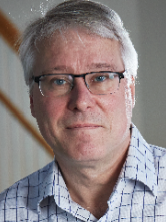 |
| Magnus Karlsson |
– The theory does not address how much power the information transfer consumes. Nowadays, it is not common for power consumption to be factored into the equation when an optical system is being designed, explains Professor Magnus Karlsson, who is leading the project together with Peter Andrekson.
Unlike many other research projects at Chalmers, this project focuses primarily on creating new interdisciplinary knowledge in association with other departments at the university. Applications or products are not in focus.
Basically, the project is divided into two legs – one for short links in data centres and supercomputers, for example, and one for long links, such as transport networks between different cities.
|
The five-year project is being funded by the Knut and Alice Wallenberg Foundation and will conclude in the summer of 2019. |
– The short links are simple and inexpensive systems that include hardly any signal processing.
This is generally made up of four parts that can all be honed in terms of power: drive and receiving electronics, directly modulated lasers, multi-mode fibres, and photodetectors.
A large proportion of the research is being conducted in collaboration with Professor Anders Larsson’s team, which is working to increase the data rate in data centres (see the article – Holistic solutions for higher data rates). Thus far, new lasers and drive circuits have been developed, the latter by the microelectronics team at Chalmers, which is led by Professor Herbert Zirath.
– In short-range links, it is the drive electronics that clearly draw the most energy – significantly more than the lasers, explains Magnus Karlsson.
Other conditions apply in long-range links. Here, traditional lasers, amplifiers and external modulation are used, and both the amplitude and the phase of the light are usually modulated. The challenge in phase modulation is detecting the phase at the receiving end.
To achieve this, you must have coherent receivers with advanced digital signal processing at high (around 100 Gbit/s) data rates.
Thus far, the team has identified where the power thieves can be found in long-range systems. In a traditional link that has a data rate of 10 to 50 Gbit/s and a length of about 100 km, approximately 1–2 W is used for signal processing, while the lasers and drivers use 5–6 W and the external modulator uses 3–4 W. Thus, the majority of power consumption comes from the optics.
– In the project, we are looking at trade-offs. For example, can we use better error-correcting code to cut down on the number of optical amplifiers usually found in each 100-km link? How does this affect the total power consumption?
To gain better understanding of how different sub-systems – for example, better signal processing in the receiver – affect the total power consumption, an ASIC for error-correcting code has been developed as part of the project. The ASIC was designed by Per Larsson-Edefor's research team at Chalmers’ Computer Engineering division.
The ASIC is being manufactured by ST Microelectronics in the company's 28-nm process and will be evaluated in the spring.
– The circuit we developed has ten times lower power consumption than earlier alternatives. We have performed tape-out and expect to get the circuits soon so we can test them in the spring. It will be exciting.
PHOTO: Henrik Sandsjö

